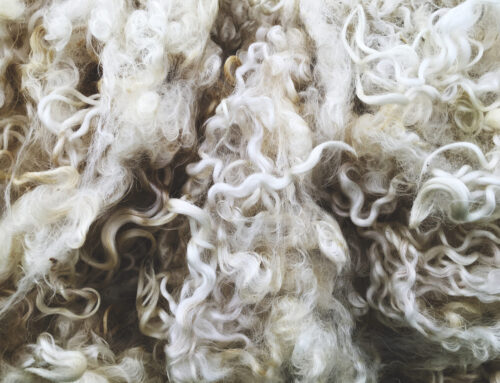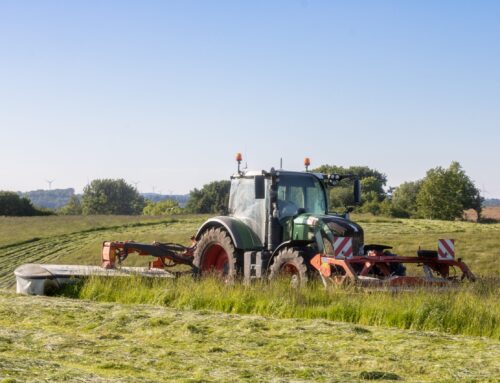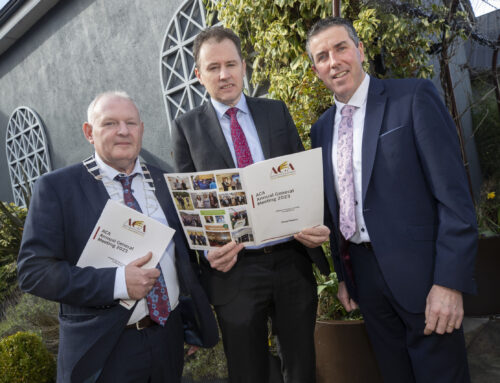Every year Teagasc publishes its economic prospects for agriculture for the following year. What are we to expect in 2023? Margins in the pig industry are expected to increase, beef is forecast to be stable while dairy and sheep margins will slightly fall on 2022 figures. Yet, the real worry comes for the tillage industry, in spite of a bumper year for farmers in 2022. Agri Insider spoke to Clive Carter, secretary of the Irish Grain Growers Group and our own tillage content expert, Rob Quirke about the coming year for the tillage sector and what’s needed.
Firstly, there are many factors that will impact the margins for tillage farmers over the coming 12 months but many are forecasted to negatively impact tillage farmers. According to the Teagasc report, yield is expected to slightly increase in the EU for 2023, harvest prices are to drop by 20% and direct costs are expected to rise by 8% in 2023 culminating in a problematic year for tillage farmers.
Clive Carter commented: “It’s just the price of the inputs such as fertiliser have not come down. Fuel has come down a small bit, but for fertiliser, we’re hearing reports that it’s coming down a small bit but not enough to bring it back to where it needs to be for those forward prices to be attractive. It’s hard to know what to do. Whether to buy, whether to hold off or cut back.
“The real killer this year is the fertiliser because last year the price rose a good bit to cover all that but this year, unless something drastic happens like we’re seeing droughts in Argentina with the soybean crop…you’re talking maybe 35 million tonnes, you don’t want a shocking thing happening that you need a drought in another part of the world to drive the prices up a bit, but that’s the only thing will insulate against the prices.”
Costs
It is hard to imagine that 2022 delivered a great financial year for farmers as higher feed, fertiliser and fuel prices hit farmers all over the country. Add to that, inflation was at its highest levels in decades but Irish cereal yields were significantly up on 2021 levels, attributed to reduced production levels in the EU market and uncertainty regarding Ukraine exports.
Direct costs also increased for 2022 but according to the Teagasc outlook, the substantial increase in gross output led to a further increase in cereal margins for the year. On top of this, weather conditions were favourable for tillage farmers. The gross margin per hectare for spring barley, winter barley and winter wheat increased by €450, €235 and €500 respectively. There was a 40% increase in cereal prices last year.
After all that 2022 threw at Irish farmers, it is forecast that approximately 50 percent of specialist tillage farmers will return a negative market based net margin in 2023. Gross margin per hectare is set to decrease by €900 for spring barley, €1215 for winter wheat and €700 for winter barley from 2022 figures.
Agri Insider’s Rob Quirke is our tillage content enthusiast from Cork and has an optimistic take on the forecast.
He said: “The one slight comfort a tillage farmer can take from Teagasc predictions is that the grain market is highly changeable at the best of times, adverse weather conditions around the world or changes in geopolitics can see a big change in price in a relatively quick period. Fingers crossed it changes in the right direction for Irish tillage farmers. Farmers now need to control their controlables to best position themselves for a positive year ahead.”
Supports
The IGGG has also called on the government to set up a new Food Vision Tillage Group to ensure that the tillage sector can make a full contribution to the future of the agri-food sector and climate change action in Ireland but in December Minister McConalogue put paid to those requests.
The Minister outlined some of the supports his department had already implemented including for the sector including the Straw Incorporation Measure (SIM); the Protein Aid Scheme; the Tillage Incentive Scheme and the Tillage Capital Investment Scheme. Considering the tight margins for next year, is it enough?
Clive Carter reacting to the Food Vision news, said: “That’s very frustrating really because the potential from the tillage sector is incredible and I know I’m biased because I work in it, I feel the potential every day to what we can produce so it would be great to have that Food Vision Tillage.
“An expanded Straw Incorporation Measure would be great. Higher thresholds of acreage and the higher payment per hectare would be a no-brainer. A little bit more support for things like Rapeseed oil…but it really needed to be done last year because a lot of the crops are in the ground already. There needs to be more long term thinking than sticky plasters one year in-a-row.”
Potential
Another area that would benefit the sector is the development of processing facilities for premium crops and a coherent plan would lead to a more self-sustaining sector according to Clive. He said: “If we had more processing, you would probably get more people into tillage and grow those premium crops to have more for the livestock.
“It’s going to be a long long time before we’re self-sufficient enough to feed this country through the nature of climate and percentage of grassland and livestock. But, to try to get a little more self-sufficiency so that we are not as reliant on questionable parts of the world.” This rhetoric is backed up by the Tillage Industry Ireland report of 2020 which reported that significant market opportunities for Irish tillage as Irish dairy expansion has led to a bigger feed demand.
Right now, it’s clear that tillage farmers are looking at a difficult 2023 but they have persisted in tough years before. In the future, some public and private sector intervention may help the tillage industry to at least fulfil some of its potential.





